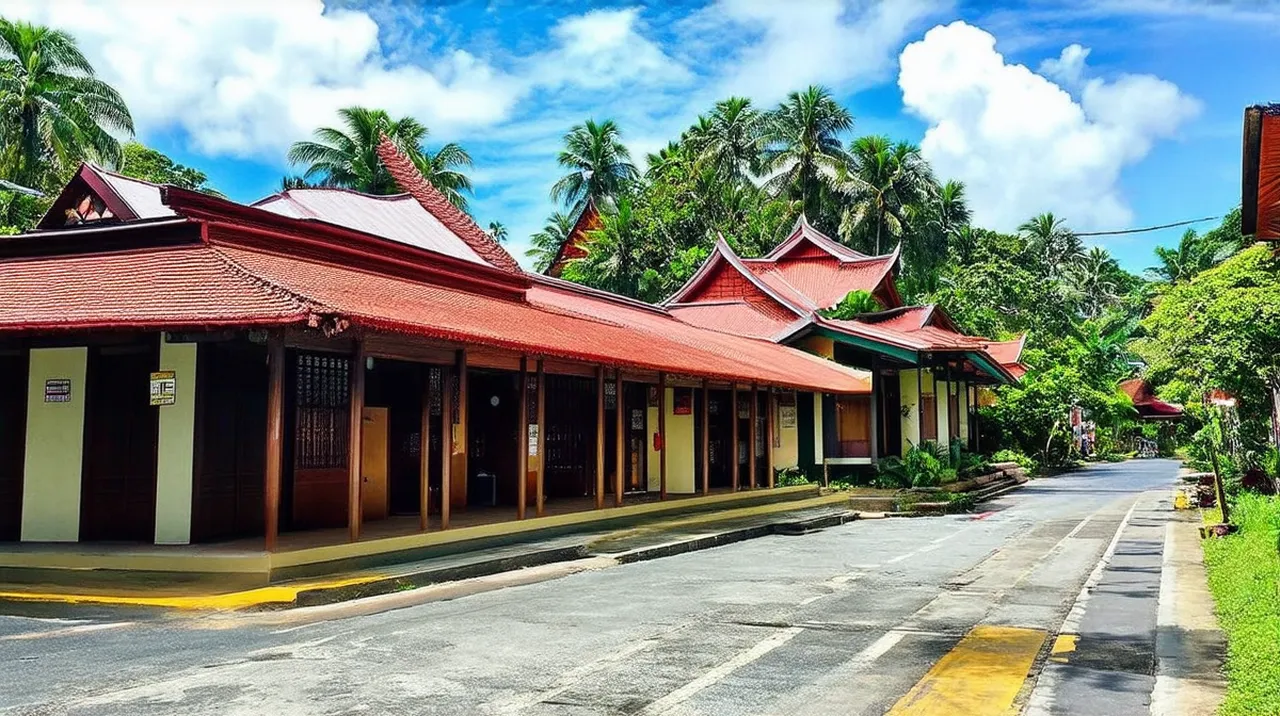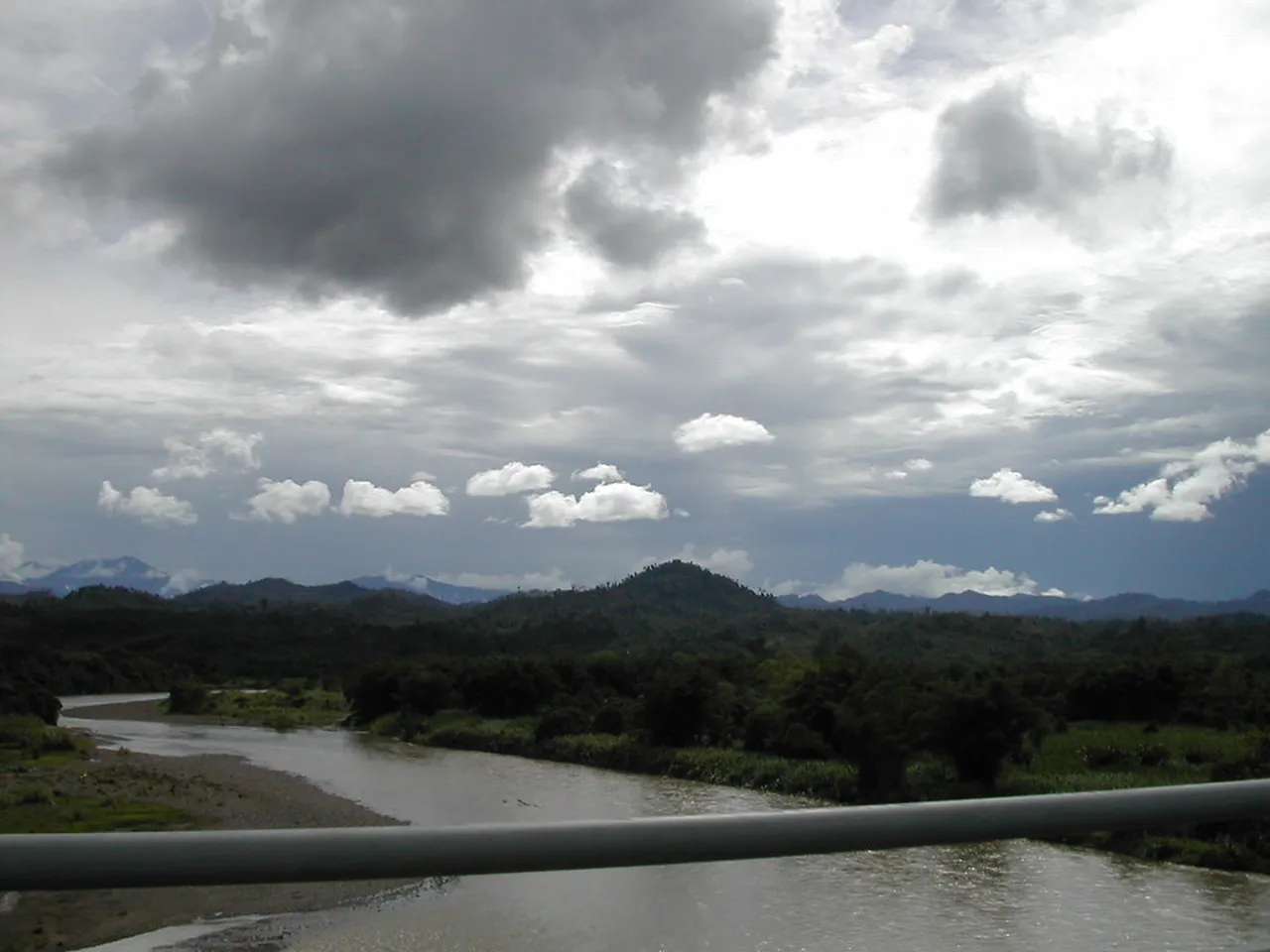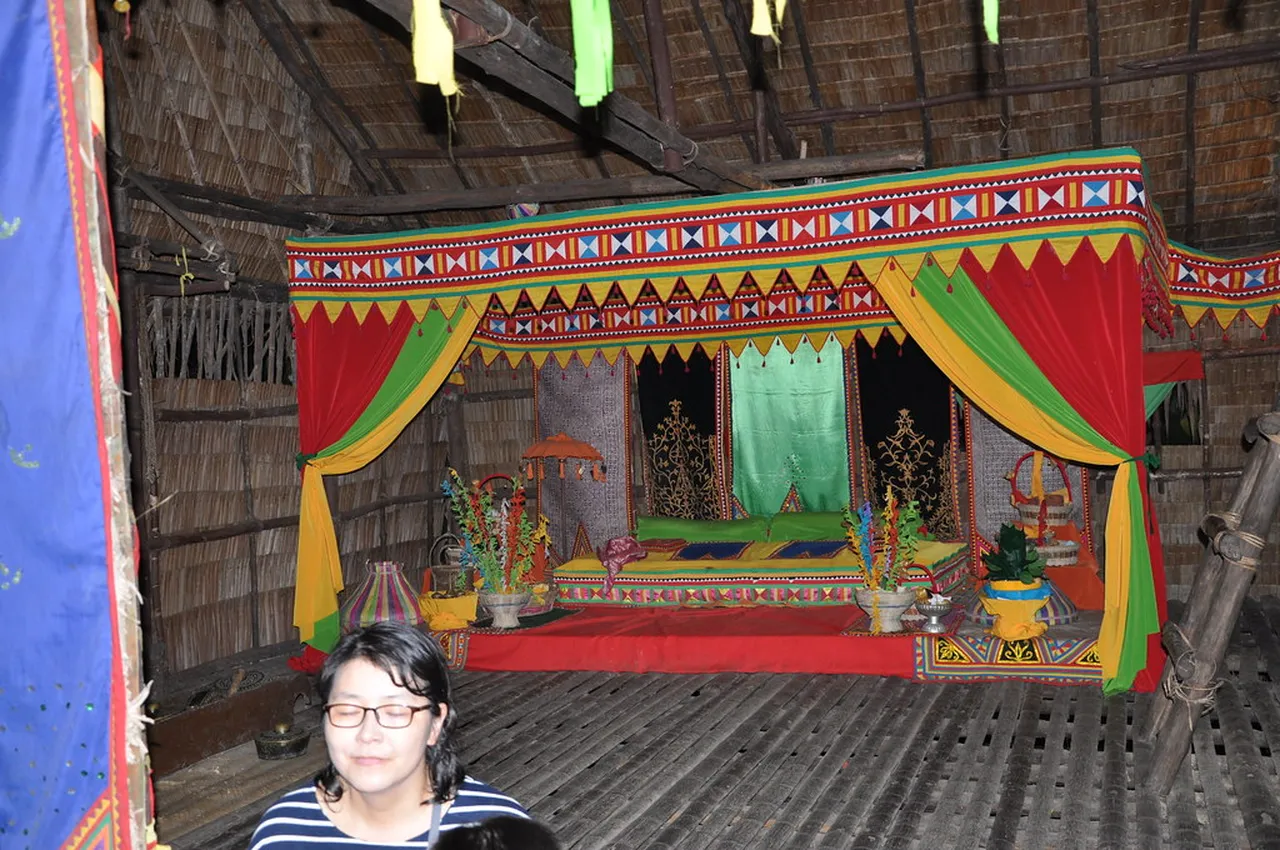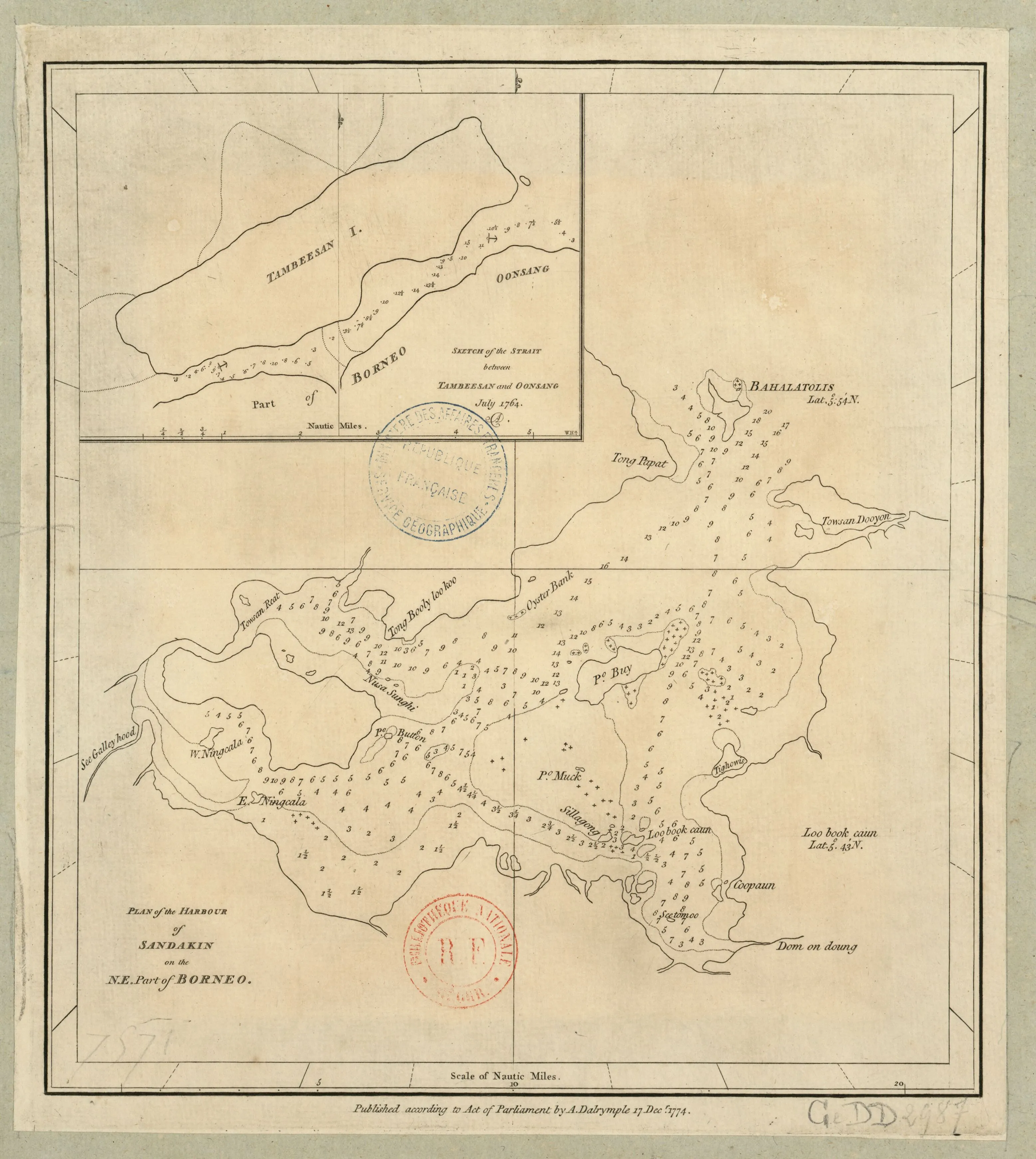
Sandakan Culture: Immerse in Borneo’s Heritage
Table of Contents
Sandakan Culture
Sandakan culture is a unique blend of indigenous traditions and historical influences that have shaped the heritage of this beautiful coastal city in Borneo. From vibrant festivals to delicious culinary experiences, the culture of Sandakan offers a rich tapestry of history and community. In this article, we will explore various aspects of Sandakan culture, highlighting its traditions, events, and local life. Get ready to immerse yourself in the captivating world of Sandakan and discover what makes its culture so special.
Want to find the best travel deals for this destination? adventure planner service with our adventure planning specialist!
1. Understanding the Roots of Sandakan Culture: A Historical Overview

The Sandakan culture is deeply rooted in a rich and diverse history that dates back to its establishment as a port town. Originally, Sandakan served as a vital trading post; various influences converged here, creating a unique cultural tapestry. Moreover, the early interactions between indigenous groups, British colonizers, and Chinese immigrants significantly shaped the local identity.
As a result, each community contributed distinct customs, languages, and traditions, blending them into what we see today. For example, the indigenous peoples of the area, such as the Bugis and Idang, have deeply influenced the traditional practices that are still present. Thus, understanding the historical context of Sandakan is essential for appreciating its contemporary culture.
2. Vibrant Festivals: Celebrating Sandakan’s Cultural Heritage

Sandakan is known for its vibrant festivals, which serve as a showcase for the area’s cultural heritage. Each year, locals celebrate various traditional Events, from the colorful Kaamatan Festival to the lively Chinese New Year festivities. These celebrations foster community bonds and allow participants to express their cultural identities.
During these festivals, street markets come alive with food stalls offering local delicacies. This aspect not only Highlights Sandakan’s culinary culture but also encourages cultural exchange among visitors. Additionally, the music and dance performances during these events are a testament to the area’s radiant cultural diversity.
3. Traditional Dances: The Heartbeat of Sandakan Culture

Traditional dances are considered the heartbeat of Sandakan culture. They play a crucial role in cultural celebrations and Events, illustrating the stories and histories of the local communities. One popular dance is the Sumazau, performed during celebrations like the Kaamatan Festival, showcasing graceful movements and vibrant costumes that reflect the traditional attire of the Kadazandusun people.
Moreover, these dances often incorporate songs that tell stories of daily life, nature, and spiritual beliefs. Overall, traditional dances not only entertain but also serve as a means of preserving the cultural identity of Sandakan. As the next generation continues to learn these dances, they help ensure that the vibrant spirit of Sandakan culture remains alive and well.
4. Culinary Journeys: Tasting the Flavors of Sandakan Culture

Exploring the Culinary Journeys in Sandakan allows one to experience a cornucopia of flavors deeply rooted in its vibrant culture. Food is not merely sustenance here; it is an integral part of Sandakan culture that reflects the rich history of its diverse communities. Dishes such as Nasi Kandar and Seafood Laksa offer a taste of multicultural influences, blending Malay, Chinese, and Indigenous flavors.
Furthermore, the local markets teem with fresh ingredients, where you can find spices that create unforgettable tastes. For a true local experience, visiting a traditional food festival can reveal unique delicacies featuring local ingredients. Thus, a culinary journey is a gateway to understanding the essence of Sandakan culture.
5. Craftsmanship and Arts: Preserving Sandakan’s Cultural Identity

Sandakan’s craftsmanship and arts play a pivotal role in preserving its cultural identity. Artisans in Sandakan produce exquisite handcrafted items, which reflect traditional techniques passed down through generations. From intricate batik textiles to beautifully carved wooden sculptures, each masterpiece tells a story that resonates with the local heritage.
Moreover, this thriving arts scene has transitioned into various workshops and local galleries, showcasing the talent that thrives here. Transitioning from mere craft to art, these creations serve as reminders of the importance of cultural preservation. Thus, supporting local craftsmanship is essential in maintaining the integrity of Sandakan culture.
6. Wildlife Conservation: A Cultural Responsibility in Sandakan
Wildlife conservation is not only a quest for preserving biodiversity but also a crucial part of Sandakan culture. This region is home to various unique species, such as the Orangutan and the Proboscis Monkey, making it a focal point for conservation efforts. The local community recognizes that their cultural responsibility extends to protecting these natural treasures.
Additionally, initiatives such as eco-tourism promote conservation awareness and engage visitors in cultural experiences that celebrate biodiversity. By visiting wildlife sanctuaries and participating in local efforts, travelers can foster a greater appreciation for both Sandakan culture and its incredible wildlife.
“Conserving wildlife is a testament to our cultural heritage and duty to future generations.”
7. Local Markets: The Pulse of Daily Life and Sandakan Culture
Local markets in Sandakan serve as vibrant hubs of daily life, showcasing the richness of Sandakan culture. They not only provide fresh produce and local delicacies but also act as social gathering points for the community. For instance, at the Central Market, you’ll encounter a variety of stalls offering everything from fruits and vegetables to traditional handicrafts.
Transitioning from one stall to another, I was delighted by the warm interactions among vendors and customers alike. This lively atmosphere reflects the friendly nature of Sandakan’s people, making every visit an immersive experience in their culture. Moreover, local markets are where you can sample authentic dishes, allowing you to taste the essence of Sandakan cuisine. Overall, shopping at these markets is not just about buying goods; it’s an opportunity to connect with the local culture.
8. Religion and Spirituality: Influences on Sandakan Culture
Religion and spirituality play a significant role in shaping Sandakan culture. The area’s diverse religious landscape includes Buddhism, Islam, and Christianity, which coexist harmoniously. Each faith contributes to the unique cultural fabric of Sandakan, influencing festivals, customs, and daily life.
For example, during religious festivals, public celebrations showcase traditional performances and communal Activities. As a visitor, you can see how these diverse beliefs intertwine, creating a rich tapestry of experiences and celebrations. Furthermore, temples and places of worship are significant cultural landmarks, providing insight into the spiritual practices of the local community. Thus, understanding the religious influences on Sandakan culture is essential for anyone wishing to appreciate the region fully.
9. Cultural Influences: The Melting Pot of Sandakan’s Communities
Recommendation: Don't miss out on amazing Sandakan tours - book now!
Sandakan stands as a remarkable melting pot of cultures, blending various ethnic communities, including the Kadazan-Dusun, Bajau, and Chinese. Each group brings its traditions, languages, and customs, contributing to the rich diversity that defines Sandakan culture. This fusion can be observed during cultural festivals, where traditional dress, music, and dance are showcased in vibrant displays.
Moreover, the harmonious coexistence of these communities fosters a spirit of unity and acceptance. Transitioning through different neighborhoods, one can witness how architectural styles reflect the influence of various cultures. From colorful mosques to Chinese temples, each building tells a story of the community’s heritage. Therefore, exploring these cultural influences enriches one’s understanding of Sandakan’s identity.
10. Community Engagement: Local Initiatives to Preserve Sandakan Culture
In Sandakan, community engagement plays a vital role in the preservation of its rich cultural heritage. Local initiatives bring together residents to celebrate their traditions and share cultural knowledge with younger generations. For instance, community centers frequently organize workshops where elders teach traditional crafts and storytelling. This ensures that the younger population appreciates the significance of their roots.
Moreover, during weekends, various cultural fairs are held that showcase local music, dance, and food. These Events not only promote cultural awareness but also foster a sense of belonging and unity among the residents. Consequently, through active participation, the community members contribute to maintaining their unique identity, making Sandakan’s culture vibrant and resilient.
11. Sandakan’s Historic Architecture: A Reflection of Cultural Heritage
Tip: Discover the best Sandakan experiences with Viator Tours!
Sandakan’s historic architecture is a tangible reminder of its rich cultural heritage. The **town’s buildings** reflect various influences, including native, colonial, and modern architectural styles. Noteworthy sites, like the iconic St. Michael’s and All Angels Church, showcase the blend of different cultural narratives that have shaped Sandakan over the years.
In addition, visiting the historic sites enables travelers to understand Sandakan’s past. Each building tells a story, revealing insights into the community’s evolution. Preservation efforts are ongoing, aiming to protect these structures as symbols of identity. Therefore, *tourists who Explore Sandakan can appreciate the beauty and significance of its historical architecture and its role in shaping the local culture.*
12. Eco-Tourism: Connecting Culture and Nature in Sandakan
Eco-tourism in Sandakan is not just about exploring its breathtaking landscapes; it also emphasizes the connection between culture and nature. The region is home to diverse ecosystems, and initiatives like guided tours highlight the importance of sustainable practices. Visitors learn about the local culture while engaging in conservation efforts.
Interestingly, eco-tourism promotes local craft markets and traditional cooking classes, helping travelers immerse themselves in Sandakan’s cultural identity. As such, participants gain a deeper appreciation for the community’s reliance on nature. This symbiotic relationship showcases how environmentally conscious tourism can enhance cultural experiences. Ultimately, through eco-tourism, Sandakan reinforces its cultural narrative in harmony with its stunning natural surroundings.
Exploring Sandakan culture reveals a rich narrative woven through its traditions, festivals, and community practices. Each aspect of this vibrant culture contributes to its unique identity, making Sandakan a fascinating destination for travelers. Whether indulging in local cuisine or participating in cultural festivals, there is so much to discover and appreciate. What part of Sandakan’s culture intrigues you the most? Share your thoughts and experiences in the comments below as we celebrate the unique heritage of this incredible city.